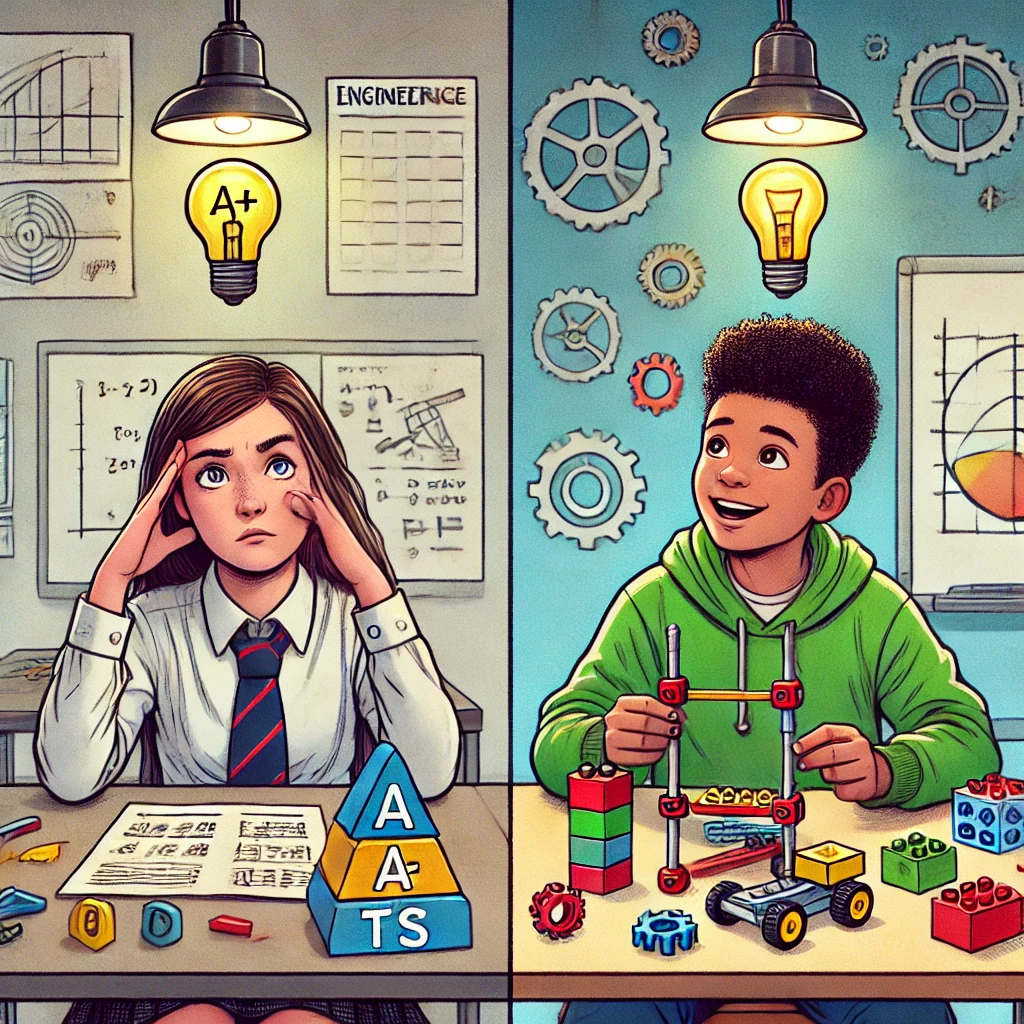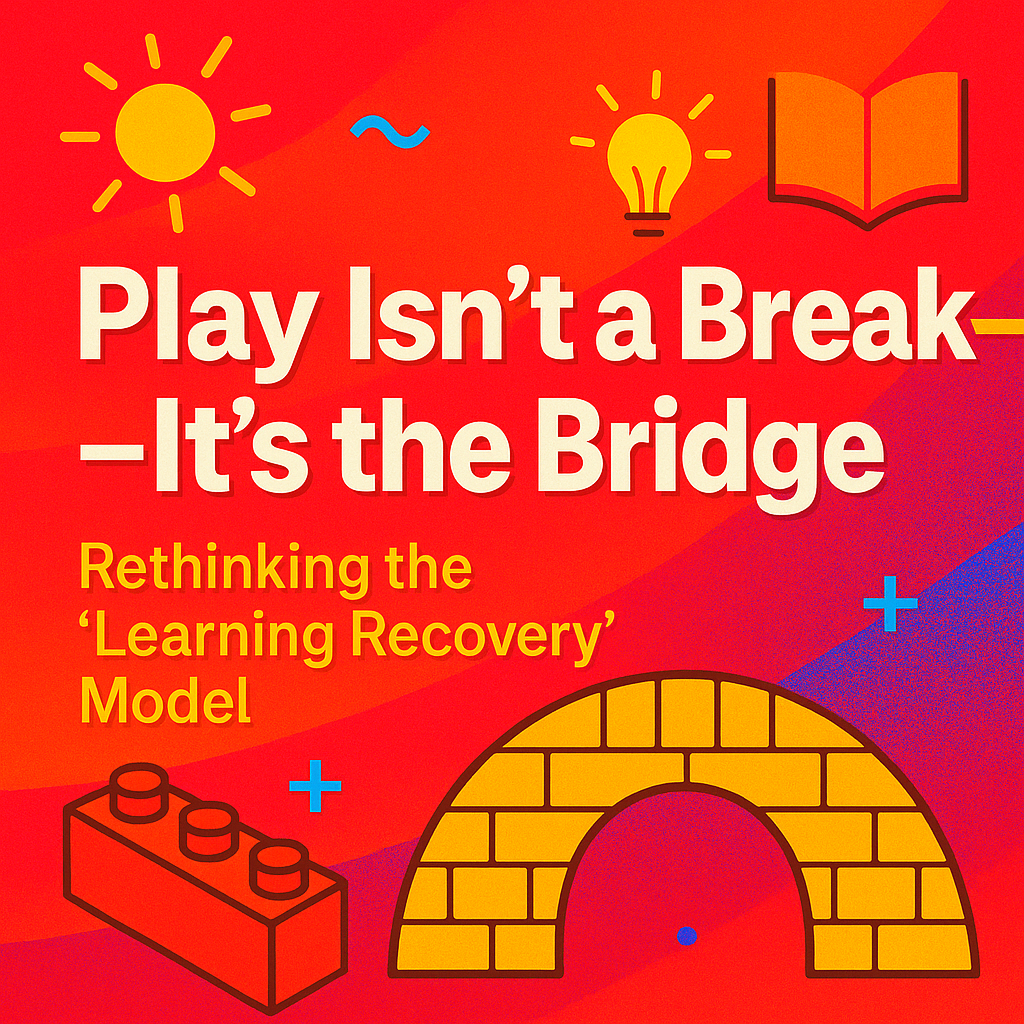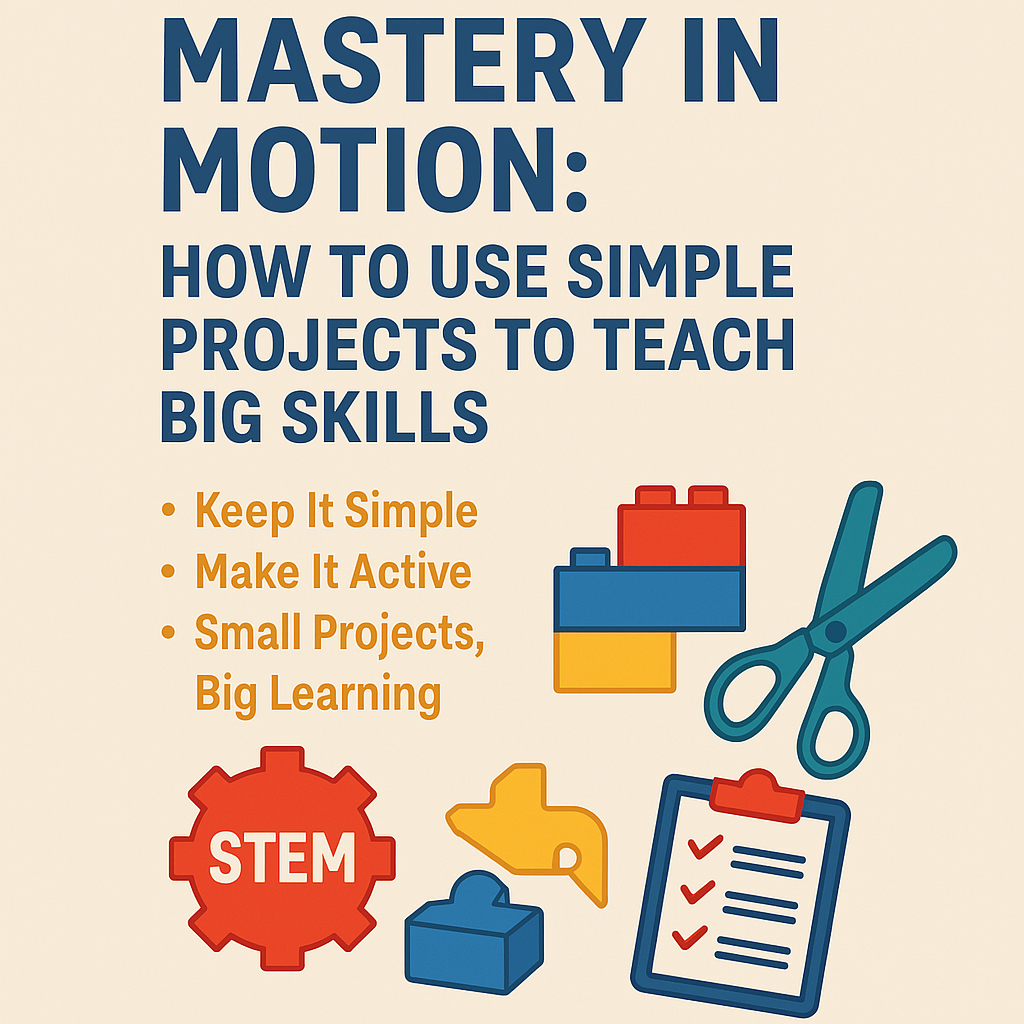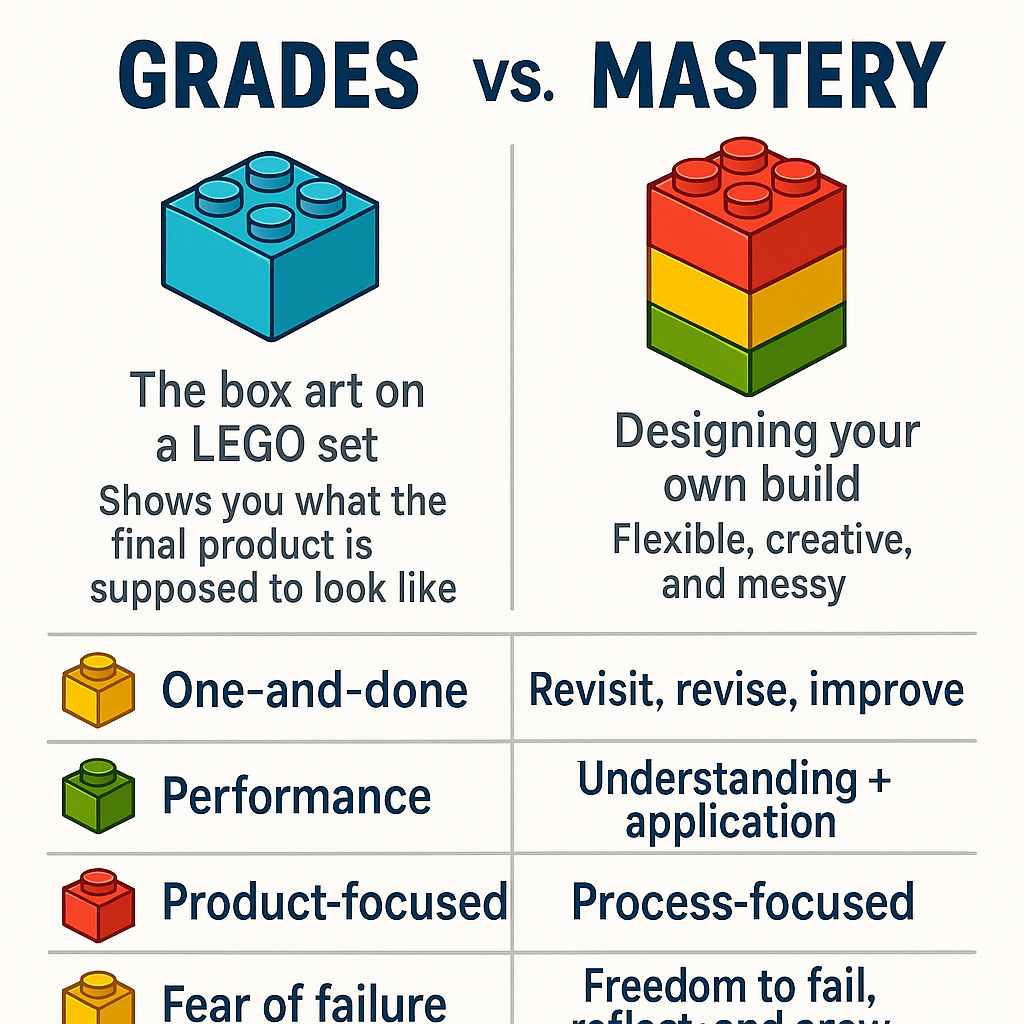I see it all the time—students who dominate academically, earning straight A’s in their core classes, yet struggle when faced with open-ended problems in my classroom.
Meanwhile, the students who often struggle in traditional subjects? They’re the ones who dive in, experiment, and figure things out.
You’d think the top students would be the best problem solvers. But more often than not, they’re the ones who struggle the most with hands-on projects.
These students should be the ones solving problems, innovating, and excelling—but they’re not.
So, I have to ask—are we measuring student success the wrong way?
The Problem: When Grades Don’t Equal Understanding
More and more, I’ve come to realize that traditional grading is more about compliance and memorization than actual learning.
I hear it from teachers all the time—students don’t retain knowledge. Worksheets, standardized tests, and surface-level questioning all promote short-term recall, not deep understanding.
All this does is train students to play the game of school—a game where success is based on memorizing the right answers and feeding them back, not on critical thinking and problem-solving.
This cycle sets students up for struggle—or worse—disengagement when faced with real challenges.
Take these same high-achieving students and give them an open-ended, real-world task, and suddenly, they hesitate.
❌ They don’t know what to do.
❌ They have the knowledge but struggle to apply it.
❌ They fear getting something wrong.
Why? Because their entire school career has revolved around finding the “right” answer instead of iterating and experimenting.
For example, I had students who could recite Newton’s Laws of Motion perfectly but had no idea how to apply them to a hands-on project.
We’ve all heard it before:
“I couldn’t do that homework problem because you didn’t show us how.”
That’s not learning. That’s following a script. And in STEM—and in life—there is no script.
The Shift: Why Mastery and Problem-Solving Matter More
With knowledge just a tap or swipe away, is memorization really the most valuable skill?
I believe that learning by doing is far more effective than cramming for a test.
When students use their knowledge, they keep their knowledge. And more importantly, they learn how to adapt, apply, and transfer that knowledge to different situations.
📌 There is no multiple-choice test in life.
📌 Success comes from thinking, trying, failing, and iterating.
Struggling learners often develop resilience and persistence because they’ve experienced the process of working through challenges.
Mastery isn’t about a one-time score—it’s about depth of understanding, creativity, and adaptability.
Mastery Learning vs. Performance-Based Learning
🔹 Mastery Learning – Students progress when they demonstrate understanding, not just when the calendar says they should.
🔹 Performance-Based Learning – Students show what they can do, not just what they know, through projects, presentations, and hands-on applications.
Take a physics student, for example. They could solve equations on paper—or they could build a working catapult and explain the mechanics behind it.
Which student is truly learning?
Both of these approaches develop the critical thinking, adaptability, and creativity skills that employers actually want.
🚀 Innovation comes from iteration and problem-solving, not perfection.
So let me ask you this:
🛠 Would you rather hire someone who aced a test on home construction, or someone who actually builds houses?
Beyond the Gradebook: Building Thinkers, Not Just Test-Takers
How can we help students build real-world problem-solving skills?
🔹 Emphasize Iteration
✅ Move beyond “one and done” assignments.
✅ Let students fail, iterate, and try again.
✅ Normalize mistakes as a key part of learning.
✅ Test, refine, test again.
🔹 Gamify Problem-Solving
✅ Use challenges instead of worksheets.
✅ Create playful competitions (graded or not).
✅ Try short design sprints tied to local industry.
🔹 Project-Based Learning (PBL)
✅ Give students real and meaningful problems to solve.
✅ Answer the question “When are we going to use this?”
✅ Involve students in the process, not just the product.
I’ve talked about these strategies in my blogs and podcasts, and here’s the thing—you don’t need to reinvent the wheel.
Start small. Take something you’re already doing and tweak it to focus on problem-solving rather than rote answers.
Let students show their learning, not just recall it.
Rethinking Success
💡 What if grades reflected growth, creativity, and problem-solving instead of just test scores?
💡 What if students were rewarded for persistence and adaptability over perfection?
I know many schools aren’t set up this way—but what’s the harm in asking the question?
Mindset shifts take time, but they’re worth it.
Because at the end of the day, we don’t need students who have all the answers—we need students who know how to figure things out.
Call to Action
🔥 What’s one way you help students build problem-solving skills in your classroom?
Let’s share ideas and rethink education together. ⬇️
“Education is not the learning of facts, but the training of the mind to think.” — Albert Einstein
Disclaimer: This post was created with the aid of AI to refine and structure my thoughts, ensuring clarity and engagement. The ideas, insights, and experiences shared are my own.



